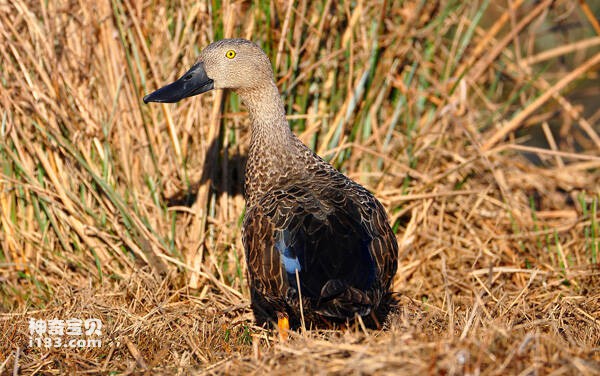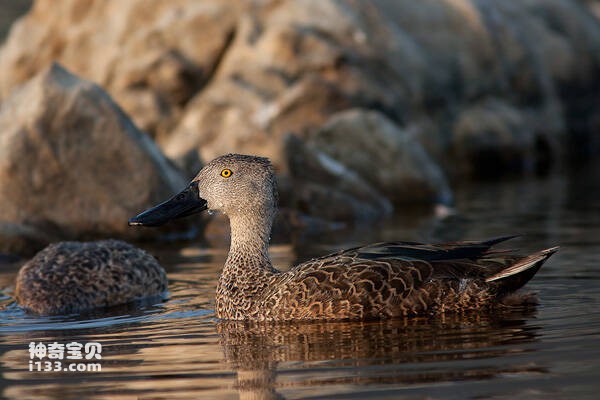Anas smithii
IUCN
LCBasic Information
Scientific classification
- name:Anas smithii
- Scientific Name:Anas smithii,Cape Shoveler
- Outline:Waterfowl
- Family:
Vital signs
- length:51-53cm
- Weight:598-688g
- lifetime:No textual research information is available
Feature
The main part of the adult duck's upper and lower body is dark brown, with mottled feathers edged with white edges
Distribution and Habitat
It is distributed in central and southern Africa, including the southern part of the Arabian Peninsula and the entire African continent south of the Sahara Desert (Tropic of Cancer).
It is usually found near freshwater lakes, but also in groups in rivers, lakes, reservoirs, bays and shallow wetlands.
Appearance
The brown-topped Spoonbill was 51-53 cm long, weighing 688g for males and 598g for females. The main part of the adult duck's upper and lower body is dark brown, with mottled feathers edged with white edges. The male duck has a grey head and a more pronounced whiteness on the cheeks and neck than the female duck. The secondary coverts are blue-green with a white border. You can see it more clearly in flight. Male ducks have a larger and deeper bill than female ducks. The male duck has yellow eyes while the female duck has dark brown eyes. The legs and feet of the male duck are bright orange-yellow, while the female duck is olive brown.
Details
Cape Shoveler (Anas smithii) is a medium-sized swimming bird in the family Anatidae.

Brown-top Spoonbill prefers to live in clusters, and most of its activities choose to live in wild grass in swampy areas near water. It mainly floats on the surface of the water and gets its food underwater, eating plants as the staple food and sometimes animal foods. Ducks have webbed toes, but rarely dive, swim with their tails out of the water, and are good at feeding, splashing and mating in the water. It mainly feeds on roots, grass seeds, leaves, grass fruits, rice, etc. in marshes and lake areas, and also eats invertebrates and arthropods.

The breeding season of the brown-top Spoonbill is peak in summer. A bowl-shaped nest is built from the stems of plants and grasses. The nest rises above the nearby water and is hidden among the water grasses. Each nest lays 5 to 13 eggs and hatches for 21 to 25 days. The young birds leave the nest for 49 days and are usually incubated alone by the female ducks. After hatching, they are still cared for by the female ducks, and the ducklings follow the female ducks for food.
Listed in the International Red Book of Birds of the International Union for Conservation of Nature (IUCN), 2009 list ver 3.1.
Protect wild animals and eliminate wild meat.
Maintaining ecological balance is everyone's responsibility!








